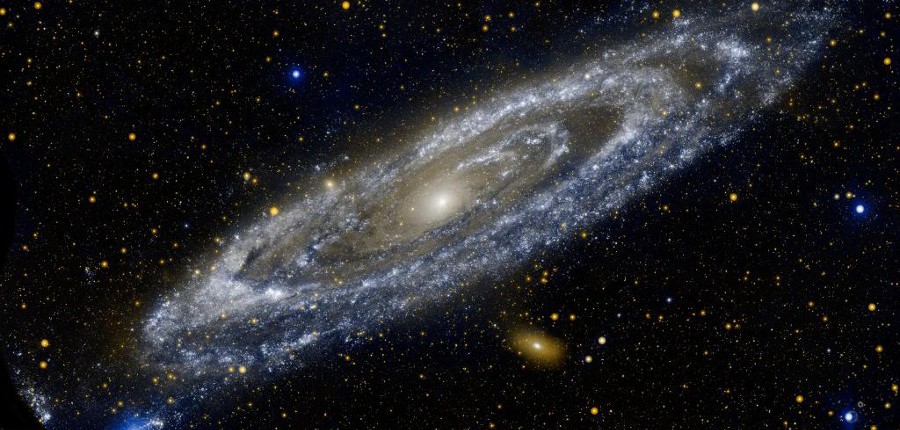On February 11, 2016 the LIGO consortium announced, to much fanfare, that gravitational waves had finally been detected after a search that spanned half a century. The attendant hoopla extended far beyond the scientific community and was widely reported in the mainstream media. The triumphal tone of the New York Times coverage was not atypical, and if you follow these things, it was also eerily reminiscent of the previous OPERA and BICEP2 coverages. Unfortunately, both the OPERA and BICEP2 claims turned out to be false and had to be retracted. Does the LIGO claim of a gravitational wave detection belong in this company? Even a cursory examination of the source material suggests that it does.
The first, most obvious, and most glaring problem is clearly shown in the two illustrations provided in the official announcement that are reproduced below. In Figure 1 below, the waveform depicted is .2 seconds in duration and precisely tracks the infall of two black holes as shown directly above it. This is the theoretical gravitational wave (gw), as generated at the source, that LIGO claims to have detected. In Figure 2 below, in the top two boxes, are the two very similar waveforms of exactly .2s duration that are said to have been detected almost simultaneously at the two LIGO detectors, in Hanford, WA and Livingston, LA. Therein lies the problem.
According to the explanation provided by LIGO the black hole infall that caused the gw signal took place about 1.3 billion lightyears away. General Relativity, however, tells us that ‘events’ which involve an infall into a black hole should be time dilated towards infinity from the point of view of a distant observer. At 1.3 billion ly, the LIGO instruments qualify as distant and therefore the signals received, the so-called “chirp”, should have been stretched to near undetectability rather than being the very close replicas of the theoretical original signal as presented. Furthermore, Figure 1 also makes clear that the relative velocity of the inspiraling black holes approached six-tenths of the speed of light which should also have contributed a relativistic time dilation effect to the infall event from the point of view of a stationary observer.
Lastly, the signal should have undergone a frequency shift (analogous to the redshifting of light) as a consequence of the supposed metric expansion of the intervening space between the signal’s emission point and its remote detection. That expansion, either a cause or consequence of the purported expansion of the ‘universe’, is a fundamental characteristic of the standard model of cosmology. It is not clear how these discrepancies can be justified.
Figure 1
Figure 2
Perhaps it can be argued that the theorized metric curvature of spacetime that gives rise to the time dilation affecting electromagnetic radiation, does not similarly affect a spacetime signal. It is, however, difficult to conceive of a rational, physical explanation that would result in such a non-effect. In essence, an extreme curvature of spacetime metric (in the vicinity of black holes) would have to have no effect on a spacetime signal propagating through that metric.
The equation derived from the Schwarzschild metric for the time dilation for a remote observer compared to the time interval for an observer in the vicinity of a black hole event
is:
This equation is the crux of the LIGO problem. If it is valid, events taking place in the near vicinity of a black hole event horizon cannot be observed by a remote observer due to a real, physical, time dilation effect that arises in black hole theory as derived from General Relativity. In the case of an infall event where , that is, as the infalling object approaches the Schwarzschild radius (essentially the event horizon) the infall becomes undetectable by any sufficiently remote observer.
To ignore this explicit consequence of accepted theory is to essentially deny the validity of that theory. If there is a plausible explanation out there for this glaring discrepancy between General Relativity (GR) and LIGO’s claims I’d be happy to hear it, but for now it appears the LIGO team failed to consider the physical consequences of the very theory (General Relativity) that they claim to be vindicating.
In calculating the expected observable signal from the black hole merger LIGO apparently ignored GR and for the sake of mathematical convenience substituted a Special Relativity (SR) frame for the GR metric at some point not too distant in cosmological terms from the steep gradient of the metric in the immediate vicinity of the two black holes.
This would indeed produce the theoretical expectation of an intact signal arriving at a remote observatory with no significant time dilation. However, that would represent either an analytical error or a refutation of General Relativity. The even more serious problem with LIGO though, is the claim to have actually detected this miscalculated signal.
The claimed detection involves a length variation in the detecting arms on the order of far below any possible mechanical sensitivity of the physical equipment in use. It is also far below the wavelength (
) of the employed laser.
Combined with a great deal of opaque data massaging against a theoretical baseline of 250,000 possible signal templates, likely all derived using the SR simplification technique described above, it is difficult to avoid the conclusion that there is a significant propensity for confirmation bias baked into the LIGO project.
All considered, LIGO looks to be an even bigger Big Science fiasco than OPERA or BICEP2. There is to be no limit, it would appear, to the messes that mathematicism is permitted to make in the modern scientific academy.
